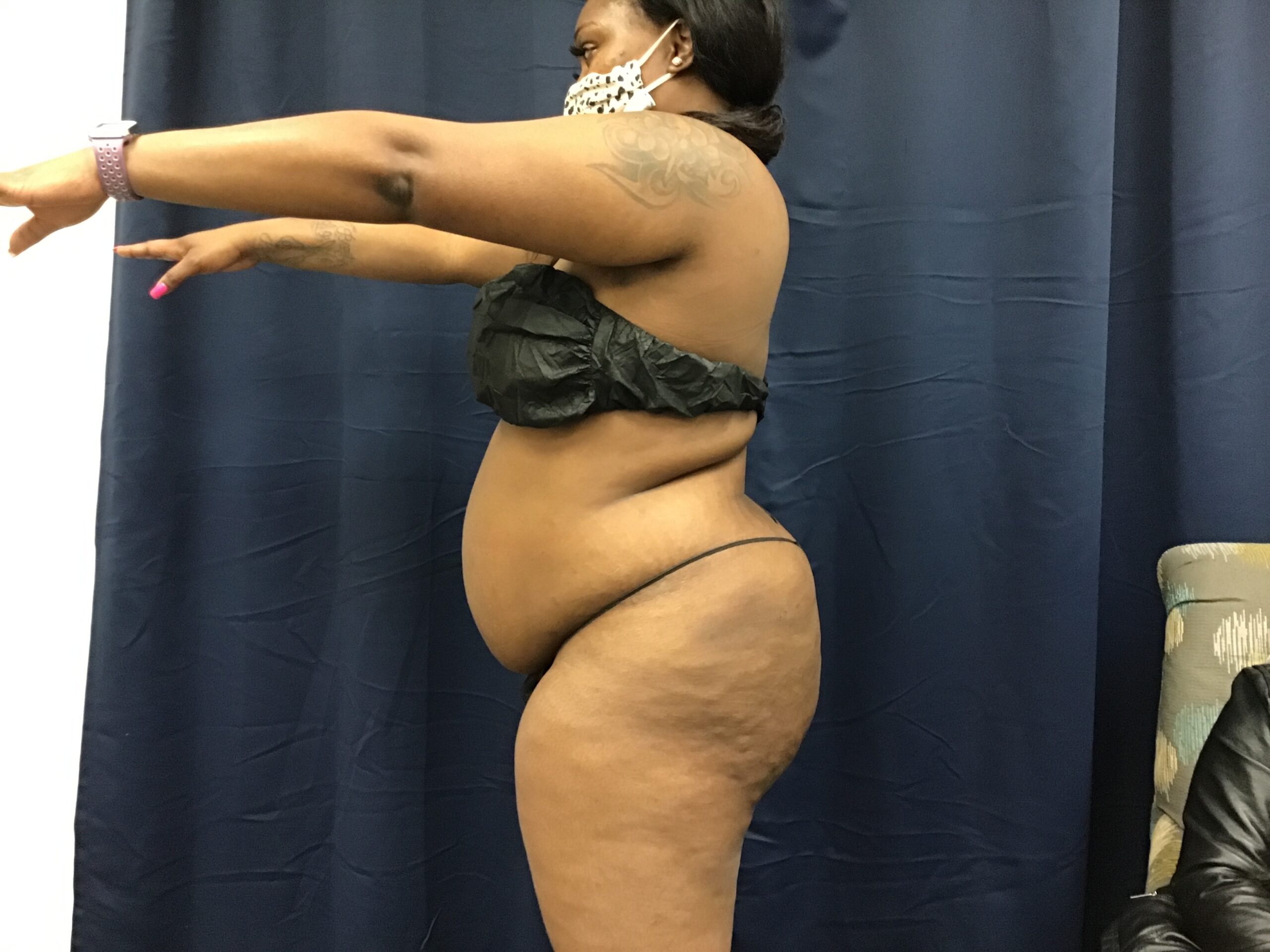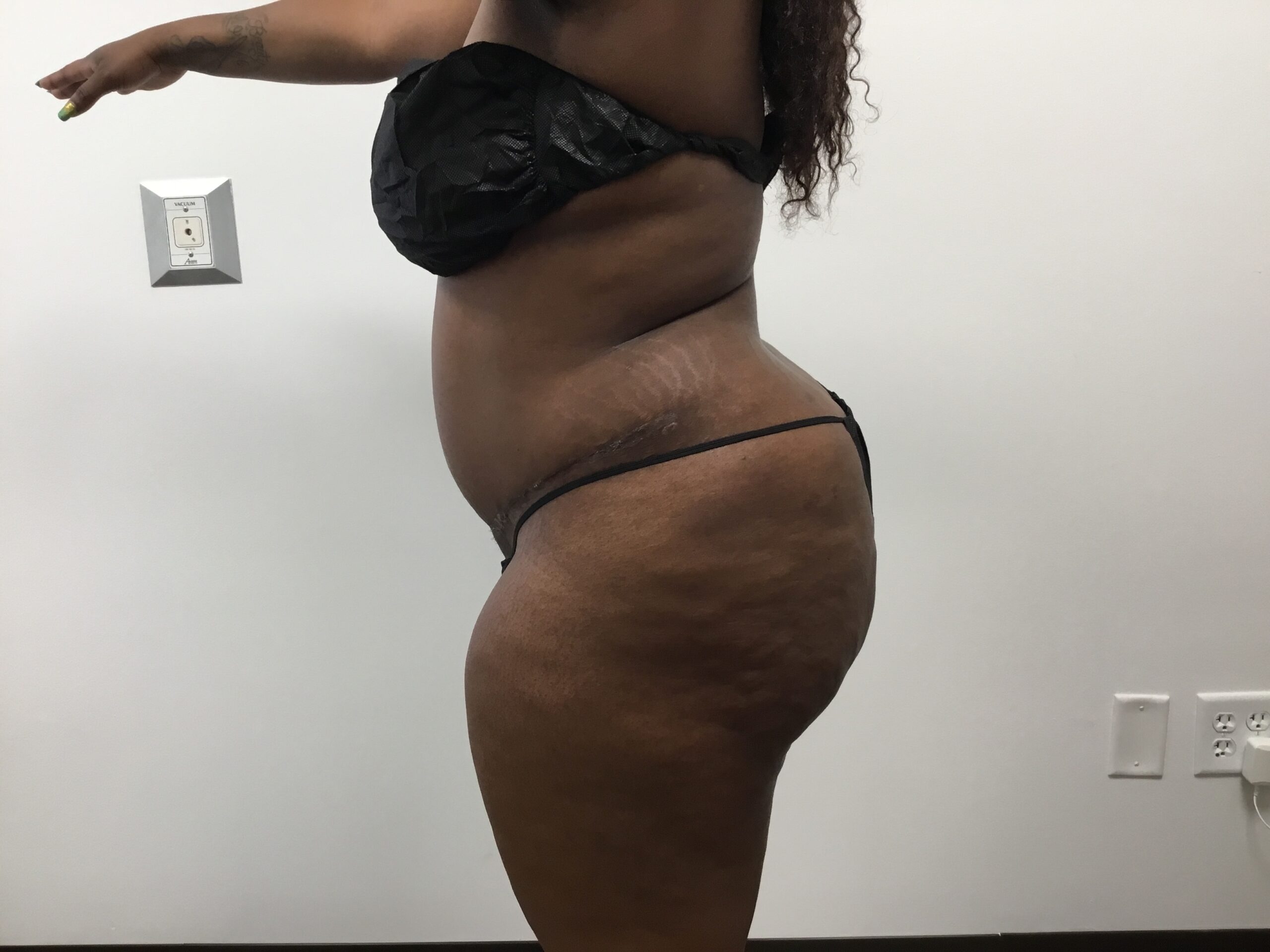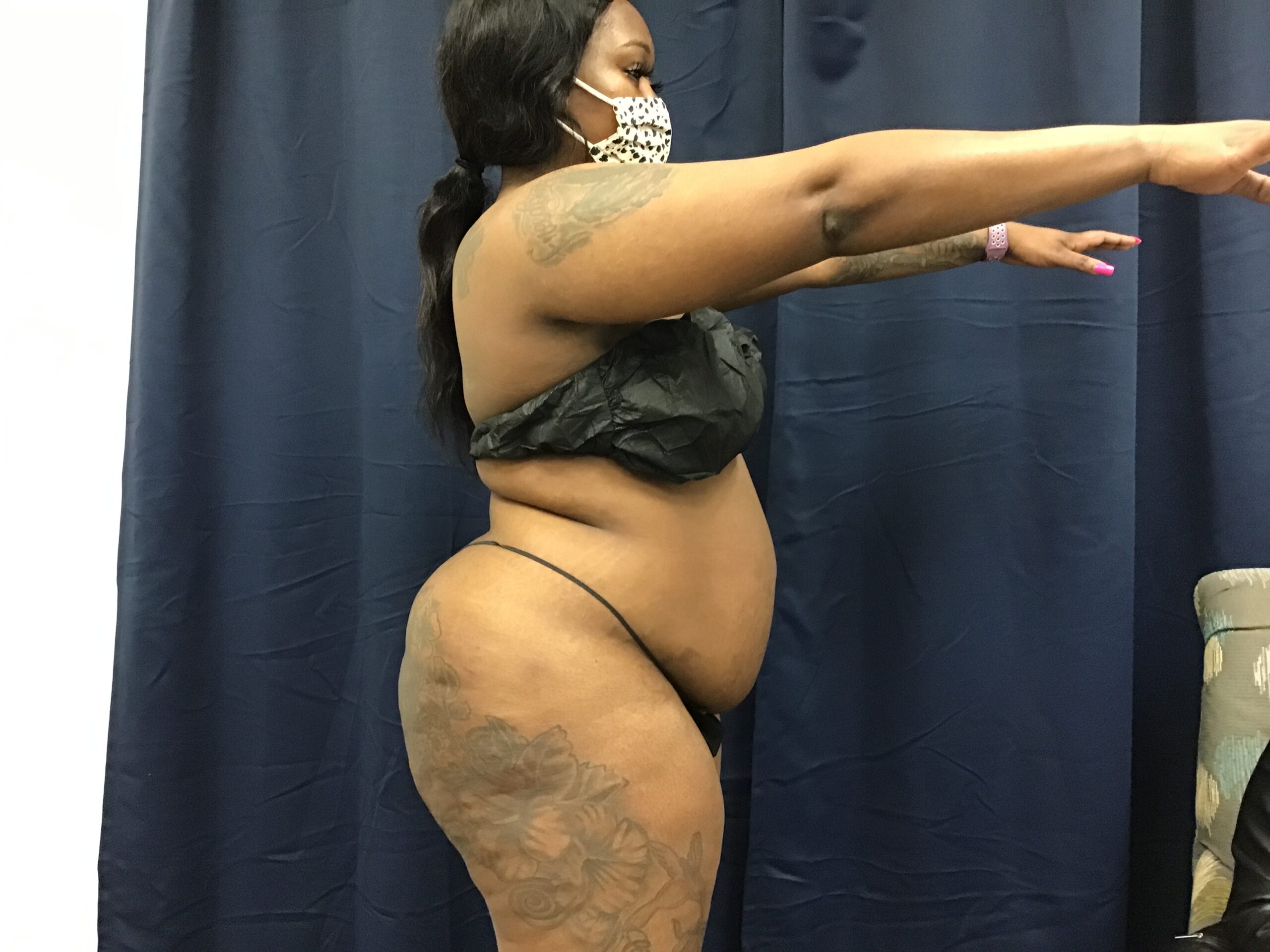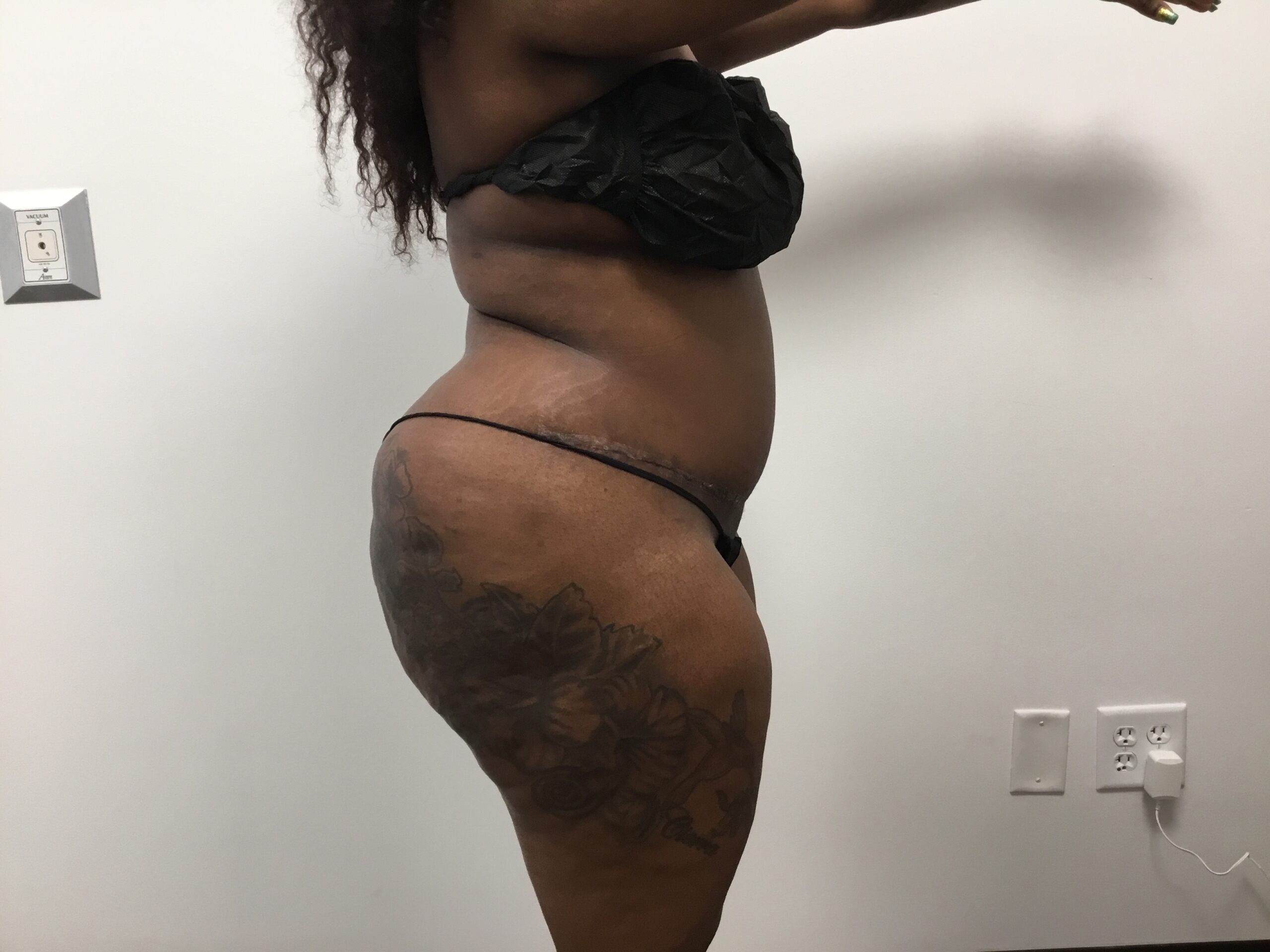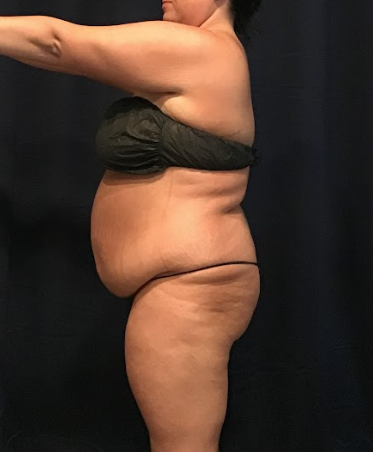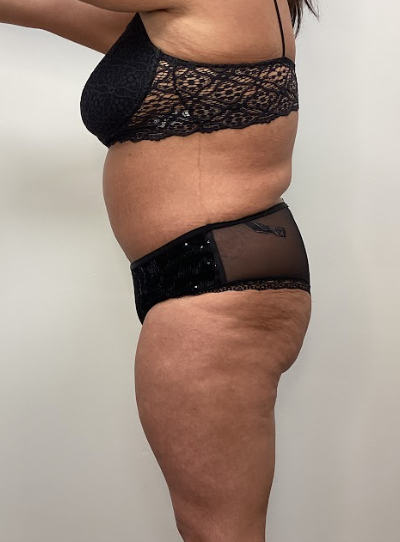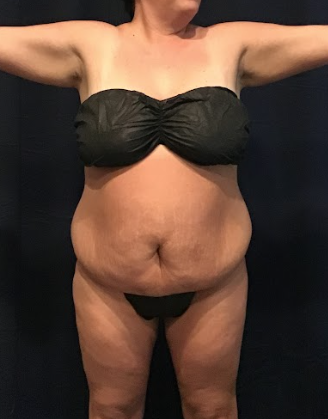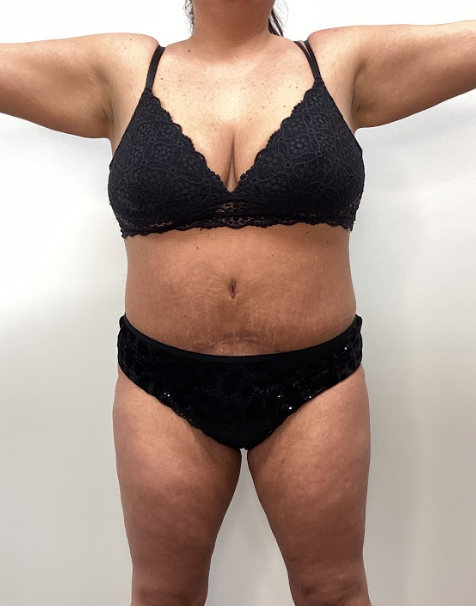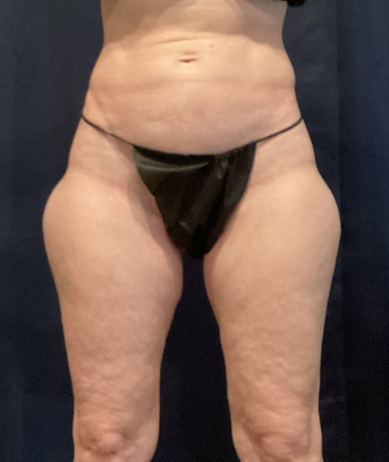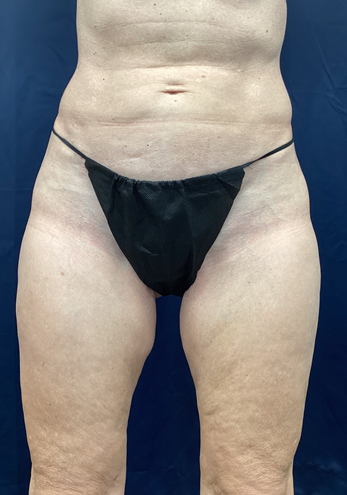1. What type of liposuction procedure(s) do you do and why?
2. If you use a Laser, which laser do you use and why?
3. Do you perform your procedure in an office or is the procedure done in an operating room at a hospital or surgery center?
4. Do you have any patient references that I can call?
5. What are the costs for the procedure?
There is no point in asking how much a doctor charges for a procedure until you know what type of procedure they do. I know you’re dying to know the cost, but get more information before you ask. The only way you can compare one doctor’s costs to another is to ask these questions in this sequence.
1) What type of liposuction procedure(s) do you do and why?
There are many types of liposuction procedures. The doctor’s office you consulted may perform one or more types of procedures. It is important that you understand something about the procedure that your doctor will perform. The type of procedure will affect your post-operative recovery, your end results and the cost of the total procedure.
The types of liposuction procedures are listed here:
1. Suction-assisted liposuction (traditional)
2. Power-assisted liposuction
3. Ultrasound assisted liposuction (VASER)
4. Laser assisted liposuction (includes SmartLipo, Cool Lipo, SlimLipo, ProLipo)
5. Water assisted liposuction (BodyJet)
6. Tickle Lipo
So let’s talk a little bit about each of these procedures.
Traditional liposuction is also known as suction assisted liposuction. This procedure is usually performed by plastic surgeons in a hospital or surgery center setting. You will probably have general anesthesia which means you are asleep for the procedure. The instruments that are used consist of hollow tubes with some sort of cutting edges on the end of the tubes. These tubes, when hooked to suction, will cut and suck out fat along with skin support structures, as well as pieces of nerves and blood vessels. The cutting of skin support tissues may leave you skin irregular after all is healed. The injury to nerves could leave you with some loss of sensation in those areas. Blood vessel injury causes excessive bleeding during and after the procedure as well as extensive bruising. Your postoperative course is prolonged due to extensive trauma and pain.
Power-assisted liposuction is very similar to suction assisted, the only difference being the doctor is using a suction instrument that is moving back and forth as it sucks. This is felt to be a little less traumatic for you and a little easier work for the doctor. But, for the most part, the same types of problems are associated with this procedure as you just read about with suction assisted liposuction.
Ultrasound-assisted liposuction uses vibration to break down the fat cell. The most common ultrasound instrument used by doctors is the VASER, that’s V-A-S-E-R. It is not a laser.
Ultrasound assisted liposuction is thorough in its destruction of fat.
The main problem with this procedure is that the instrument generates excessive heat. This heat may burn the skin incision as well as the tissues under the skin and rarely, the hot fatty fluid that leaks out can burn the skin adjacent to the incision site. Furthermore, there is a higher risk of seromas after the procedure. Seromas are fluid collections that can form under the skin and may require drainage with a needle or via a small incision.
Laser-assisted liposuction, which was introduced about six years ago, was marketed as a less traumatic alternative to traditional liposuction. The idea was the laser light would destroy the fat cell and that the laser heat would cause skin tightening. The laser beam is very small and therefore difficult to destroy a significant amount of fat cells and the claims of significant skin tightening with this technology has not been substantiated. There are multiple lasers in the marketplace and question number 2 will answer the types in more detail.
The main thing to remember is that most lasers do a very poor job of destroying fat cells and this is due to the very small glass fiber (usually < 1mm in diameter) that delivers the energy to the tissues.
Unfortunately, the excessive heat at that glass fiber tip still makes it very easy to burn tissue and skin. Most importantly, and what few doctors will tell you is, that in order to adequately remove fat in most patients, a doctor has to add suction assisted liposuction to accomplish that goal. Therefore, with most lasers, the “laser” does not really deliver on the hype of less trauma. In reality, laser lipo is just a “high tech alternative” to traditional lipo.
Water assisted Liposuction also known as BodyJet. This product is manufactured in Germany.
The basis for this technology is the continuous spraying of anesthetic fluid into the treatment area. Initially, a higher potency of anesthetic fluid is sprayed in a pulsatile fashion into the tissue. Once the areas to of be treated are anesthetized, the potency of the spray is reduced and spraying continues while suction is also applied. The theory is the spray helps to dissect the fat off of supporting structures thereby making it easier to remove the fat.
In reality, the constant spray of fluid creates very wet, soggy tissues that are very hard to evaluate for thoroughness of fat removal. Furthermore, when assessing the amount of fat that is removed with this procedure, the results are disappointing. BodyJet consistently removes less fat than all other methods.
Lastly, there is Tickle Lipo, also known as Nutational Infrasonic Liposculpture. This technology originates from Belgium, in Europe for over 12 years, and now in the US for 4 years. Tickle lipo uses a blunt metal tube that rotates (nutates) and vibrates at a very low frequency (infrasonic vibration) to liquefy or emulsify the fat. Since it uses only blunt instruments, it cannot cut tissues, therefore trauma is significantly reduced. It vibrates at low frequency; therefore no heat is created and won’t burn tissues. Furthermore, the vibration acts to block the sensation of pain response back to your brain; this is called a gating mechanism.
To summarize this section, it is safe to say that Tickle Lipo is the most gentle, safest and equally effective form of liposuction on the market today. This is not only my bias, since I have used every form of office-based liposuction available. It is also the claim of all my patients who have used some other modality elsewhere prior to experiencing Tickle Lipo. Everyone has stated the same thing; Tickle Lipo is the easiest procedure to undergo, recover from and show end results quicker.




